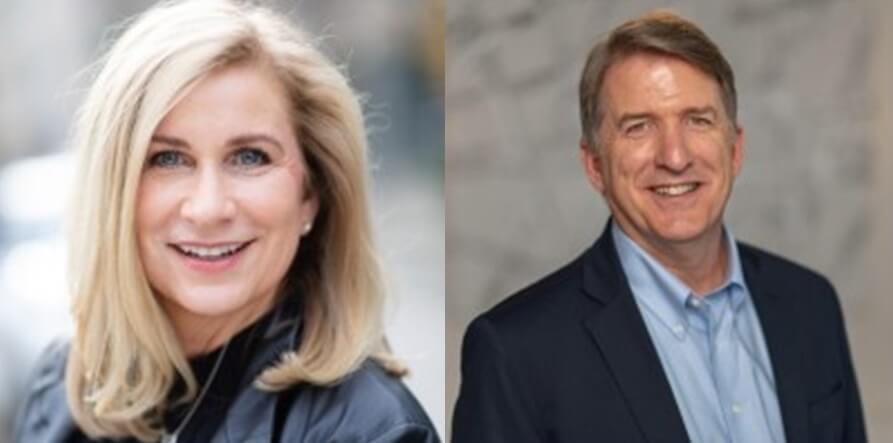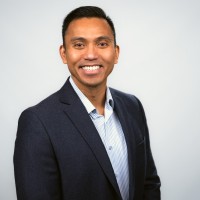From Undervalued to Unstoppable: How to Price Your Expertise
I get it – most professional services companies get paid for what they do rather than what they get done. The uncomfortable truth is that you are producing much more value than you are being paid for. All to say this: Your company can and should be compensated better for what you do – and it’s your fault that you’re not. That’s Ok, you can also fix it.










